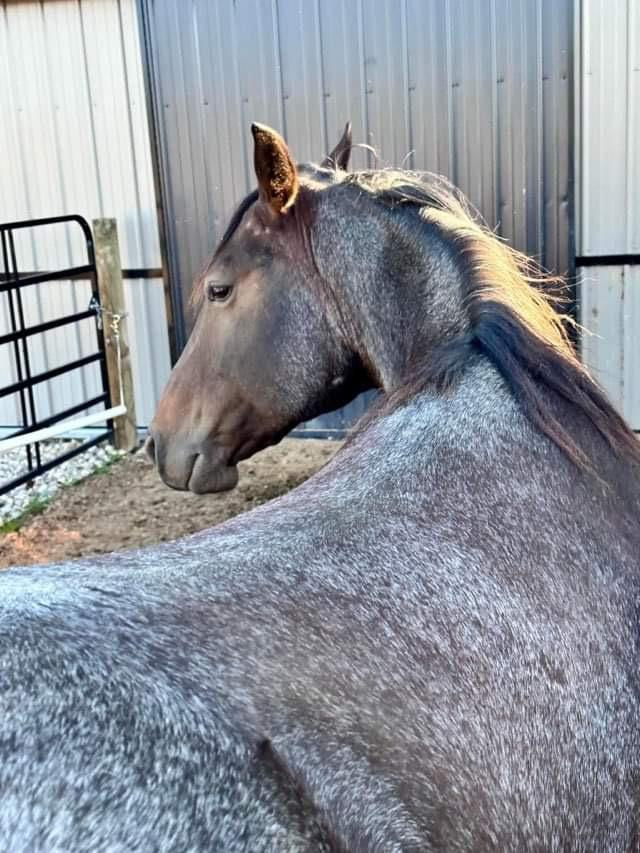This may be something that everyone knows except me, but today Bob graduated from his training program.
My goal was simple: I wanted Bob to canter 90 m without going faster or slower, hand’s free, with me shooting arrows off his back. I tried myself to teach Bob how to do that for 3 months with no success. If anything, we both became frustrated.
Trainer #1 [Dressage background] had us come weekly for a month. Bob did improve. He became a wiz at ground manners and lunge line games. He improved his loading (now completely self-loads), and his unloading (waits until asked.) BUT the canter was a maybe. And then he bucked when asked to canter. The trainer (after a month) said, “I think Bob may not be the horse for you.”
Trainer#2 [Savannah White, highly successful reining rider and trainer] watched us ride then asked me to leave Bob with her for 7 days, then come myself for 7 days (consecutive) and learn to ride him under her direction. The game changed. As it turned out, Bob [who is 9 years old] HAD some pretty good training at some point --but no one had asked him to remember it for a long, long time. After the first two weeks, I took Bob home. Savannah had me come for weekly lessons and expected me to ride Bob in between lessons using the skills she showed me DAILY --yes, even if it rained, or was blasting hot --daily ride asking Bob to do the skills she knew he could do. Rides were 30-40 min --but daily w/t/c asking for correct lead and expecting a rhythmic canter on a LOOSE rein. (Halt and restart when that didn’t happen.) Completely stop for the day [walk] when Bob DID canter on a loose rein on the correct lead both ways.
It took 6 weeks --today Bob graduated! After we cantered hand’s free shooting two dozen arrows at targets for 40 min (of course we stopped now and then to give Bob a rest) Savannah said, “Come back if you have another problem, otherwise, enjoy your mounted archery!”
I learned what everyone else on the BB probably knew a long time ago --horses learn when the rider has a clear goal, a clear plan to get there, and A LOT of TIME to work with the horse daily.
It certainly helps to have a true expert only a short drive away to keep both horse and rider on track. FYI I do not have an indoor --all my practice was done outside in my field.
My favorite pix of Bob








